Description
Product Details:
Apple M1 Pro or M1 Max chip for a massive leap in CPU, GPU, and machine learning performance. Up to 10-core CPU delivers up to 2x faster performance to fly through pro workflows quicker than ever
About this item
Up to 32-core GPU with up to 4x faster performance for graphics-intensive apps and games
16-core Neural Engine for up to 5x faster machine learning performance
Longer battery life, up to 21 hours
Up to 64GB of unified memory so everything you do is fast and fluid
Up to 8TB of superfast SSD storage launches apps and opens files in an instant
Technical Details
Apple MacBook Pro 16-inch with Touch ID
Display 16.2-inch (diagonal) mini-LED backlit Liquid Retina XDR display, 3456 by 2234 pixels with ProMotion technology for adaptive refresh rates up to 120Hz, and up to 1000 nits sustained (full-screen) brightness, 1600 nits peak brightness, True Tone technology, ProMotion technology for adaptive refresh rates up to 120Hz
Processor System on Chip (SoC) Apple M1 Pro chip; 10-core CPU with 8 performance cores and 2 efficiency cores; 16-core GPU;16-core Neural Engine;200GB/s memory bandwidth
Graphics and Video Support Apple 16-core GPU
Charging and Expansion Three Thunderbolt 4 (USB-C) ports with support for:Charging, DisplayPort Thunderbolt (up to 40 Gbps), USB 3.1 Gen 2 (up to 10 Gbps); HDMI port; SDXC card slot
Wireless Wi-Fi 802.11ax Wi-Fi 6 wireless networking; IEEE 802.11a/b/g/n compatible,Bluetooth 5.0 wireless technology
In the Box 16-inch MacBook Pro, USB-C to MagSafe 3 Cable (2 m), 140W USB-C Power Adapter
Height 0.66 inch (1.68 cm)
Width 14.01 inches (35.57 cm)
Depth 9.77 inches (24.81 cm)
Weight 4.7 pounds (2.1 kg)
Release Date 10/18/2021

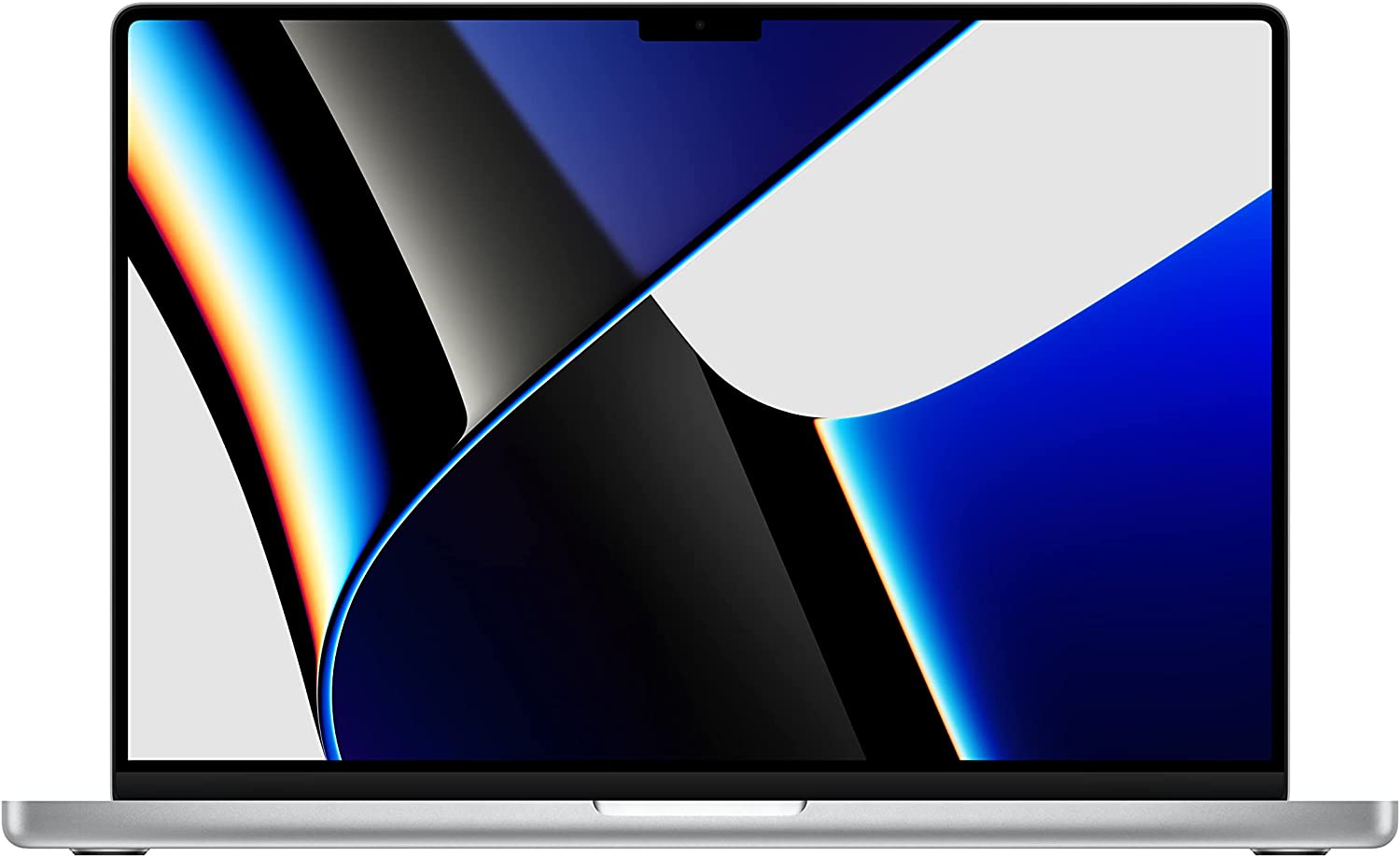

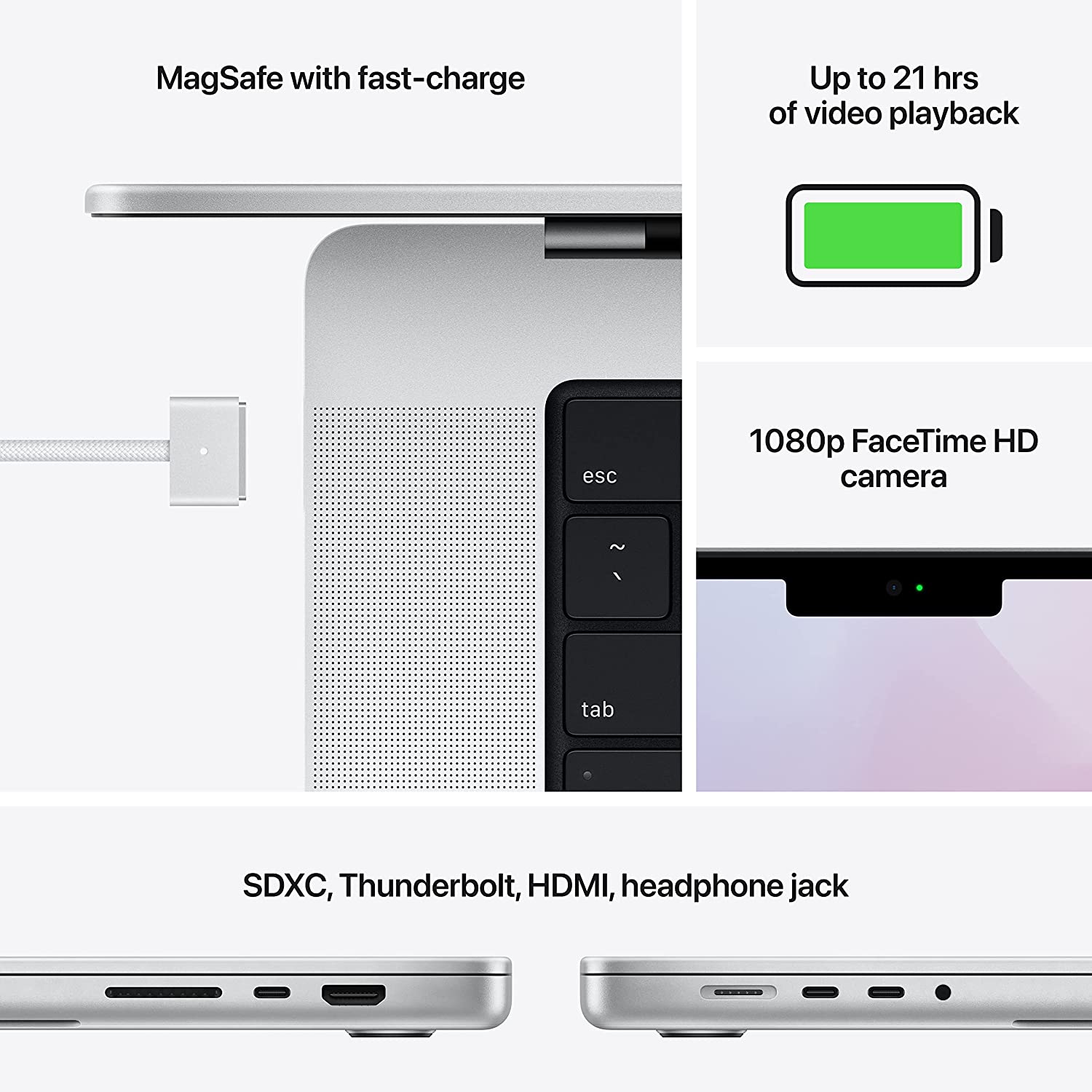
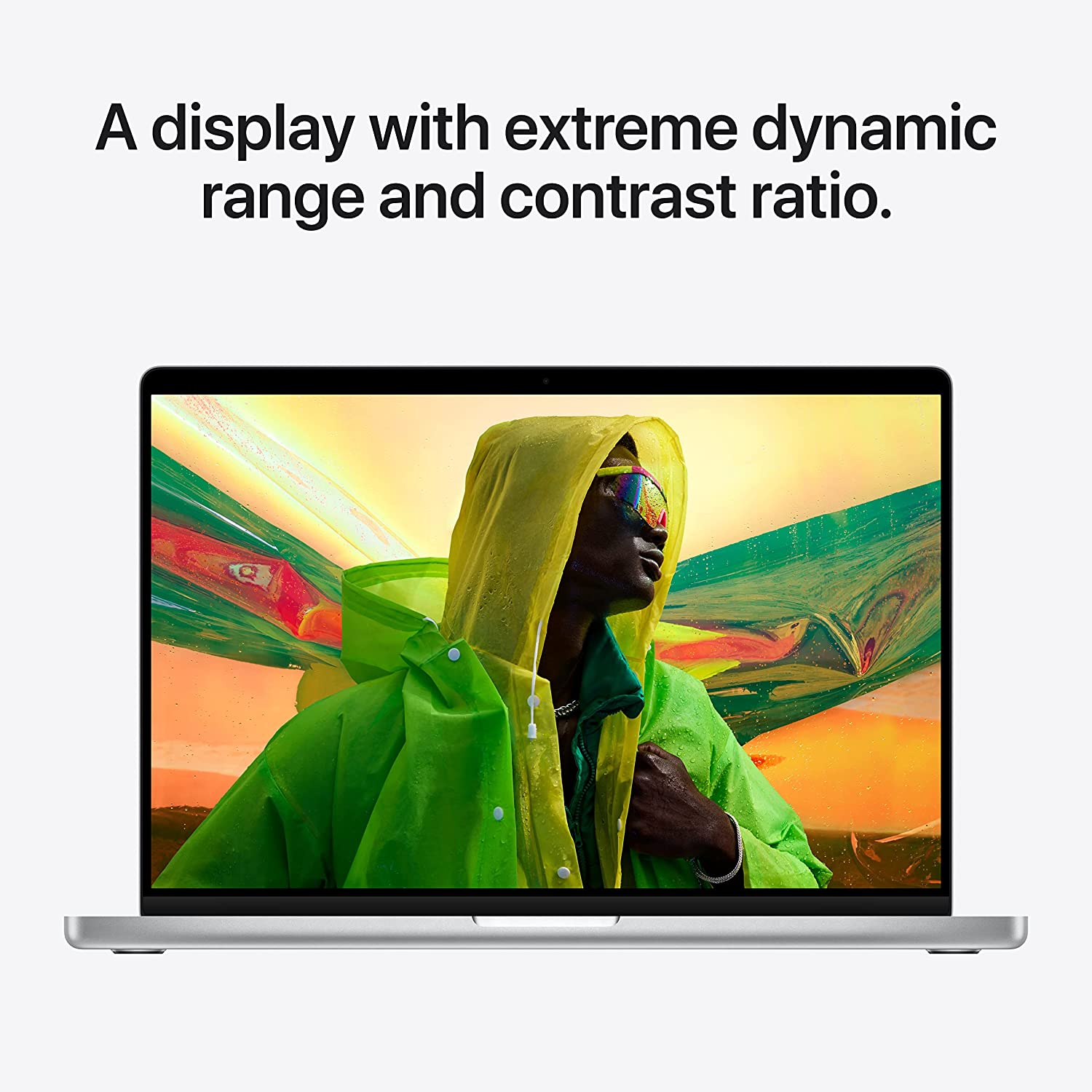
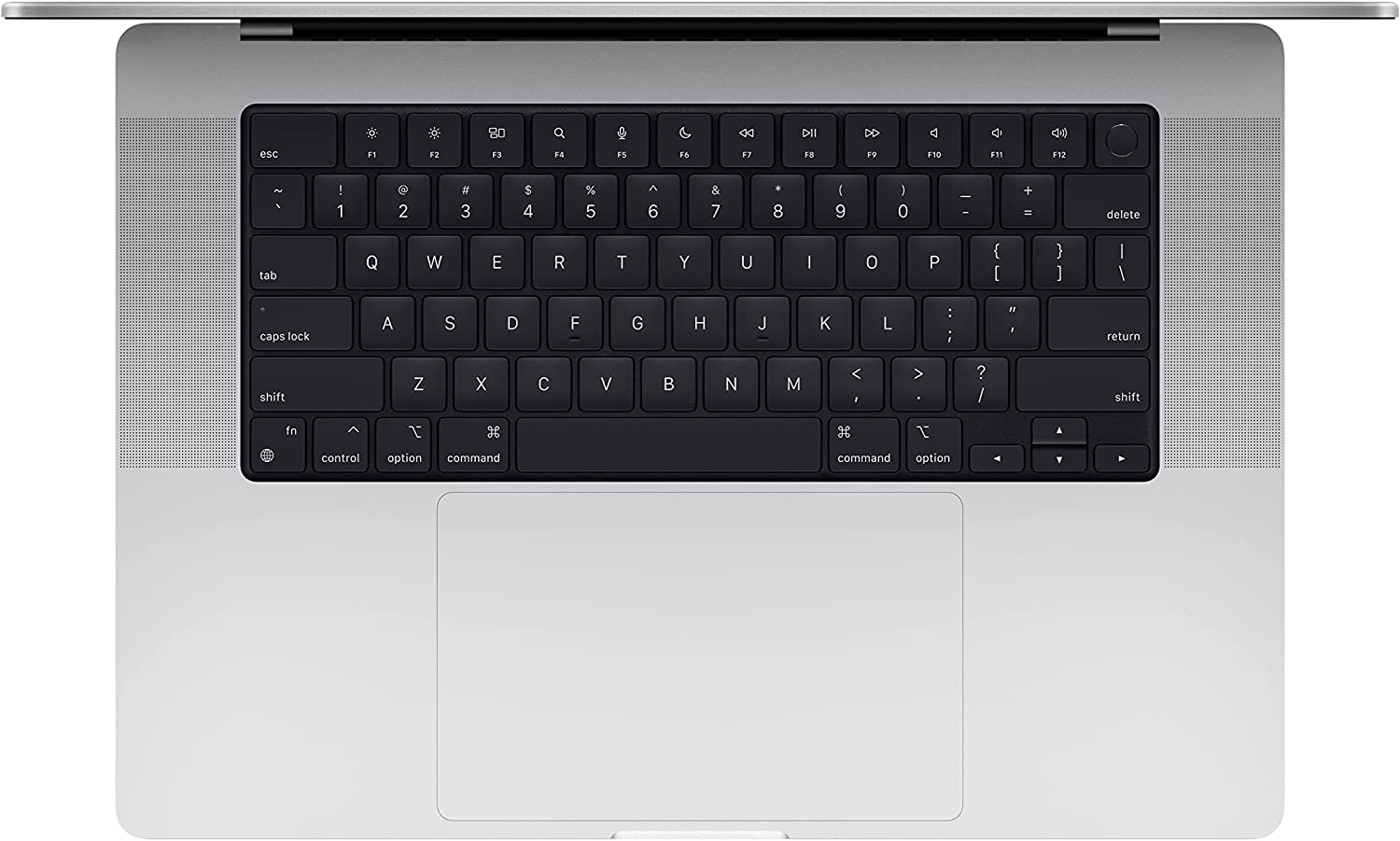
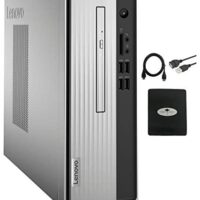
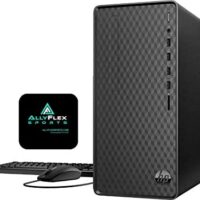
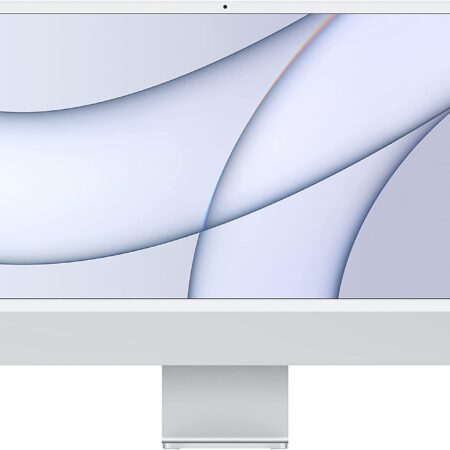
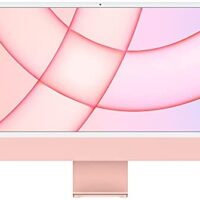
Reviews
There are no reviews yet.